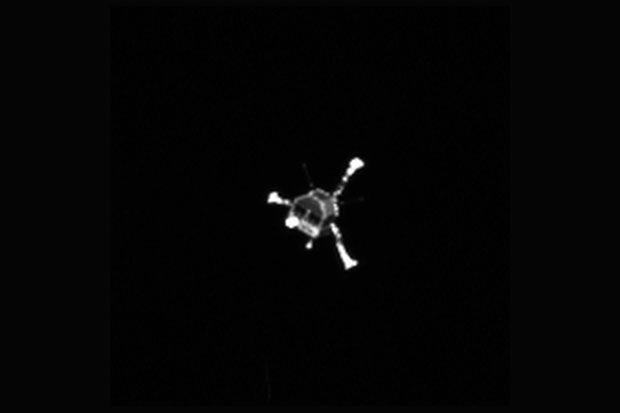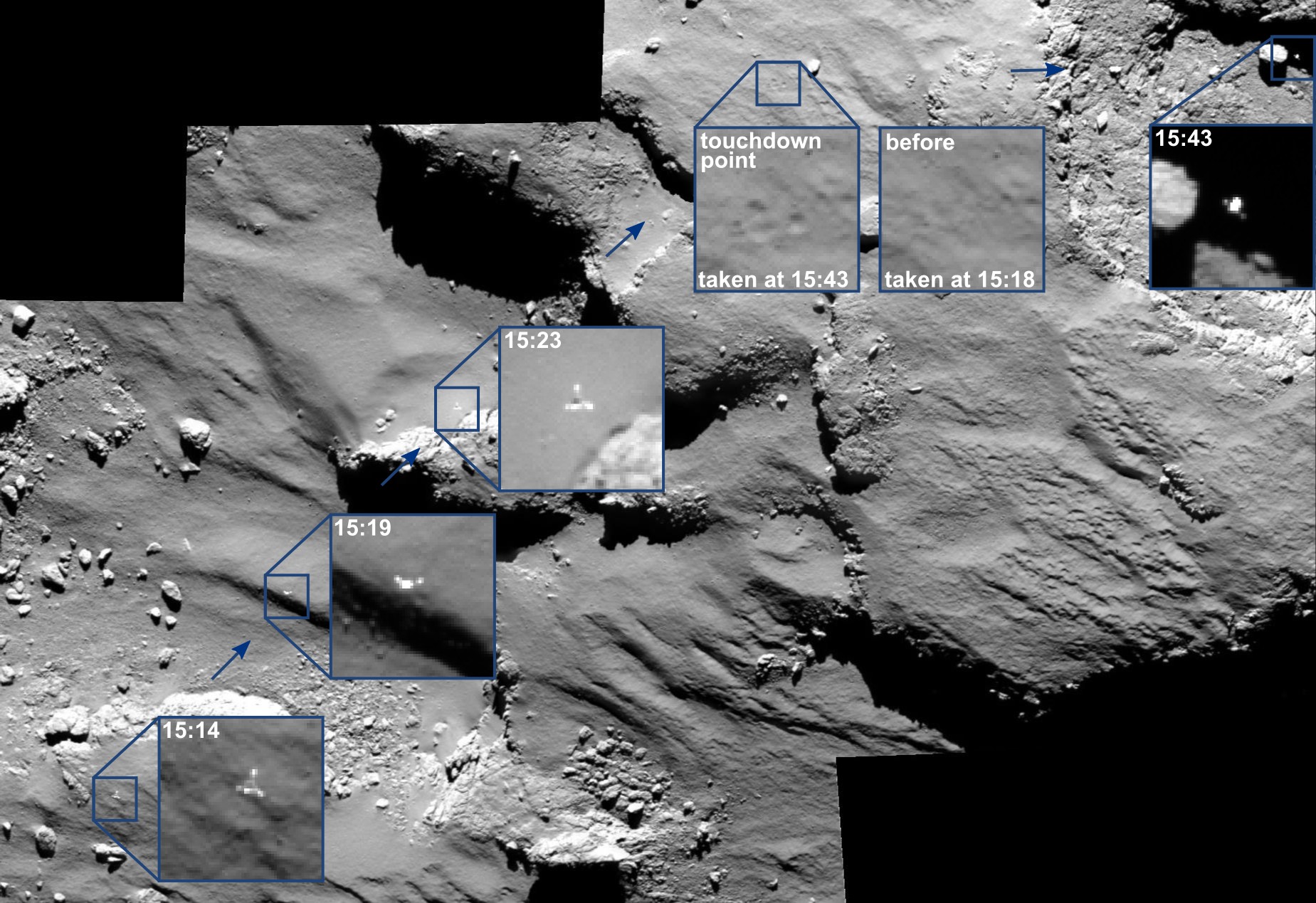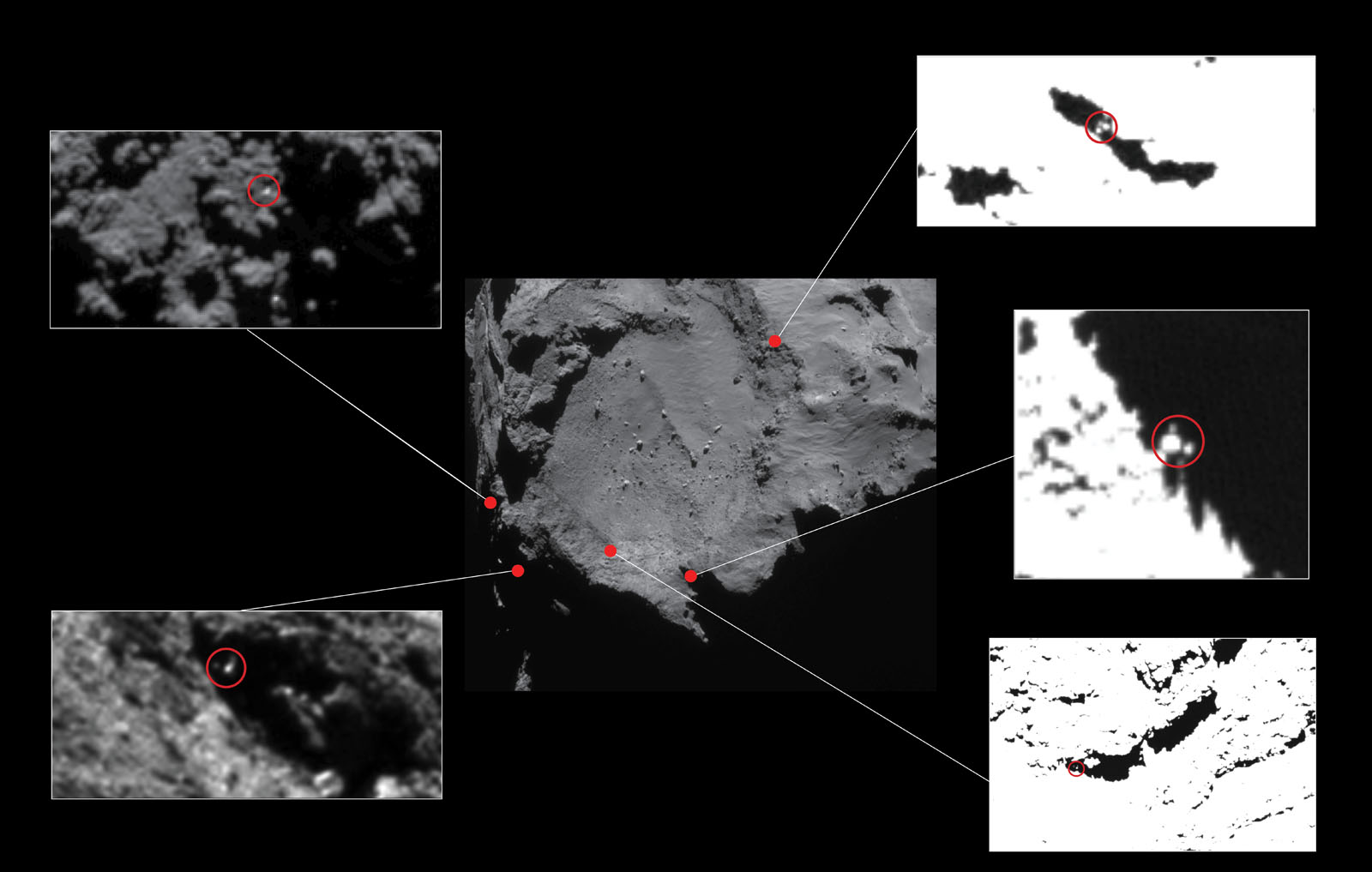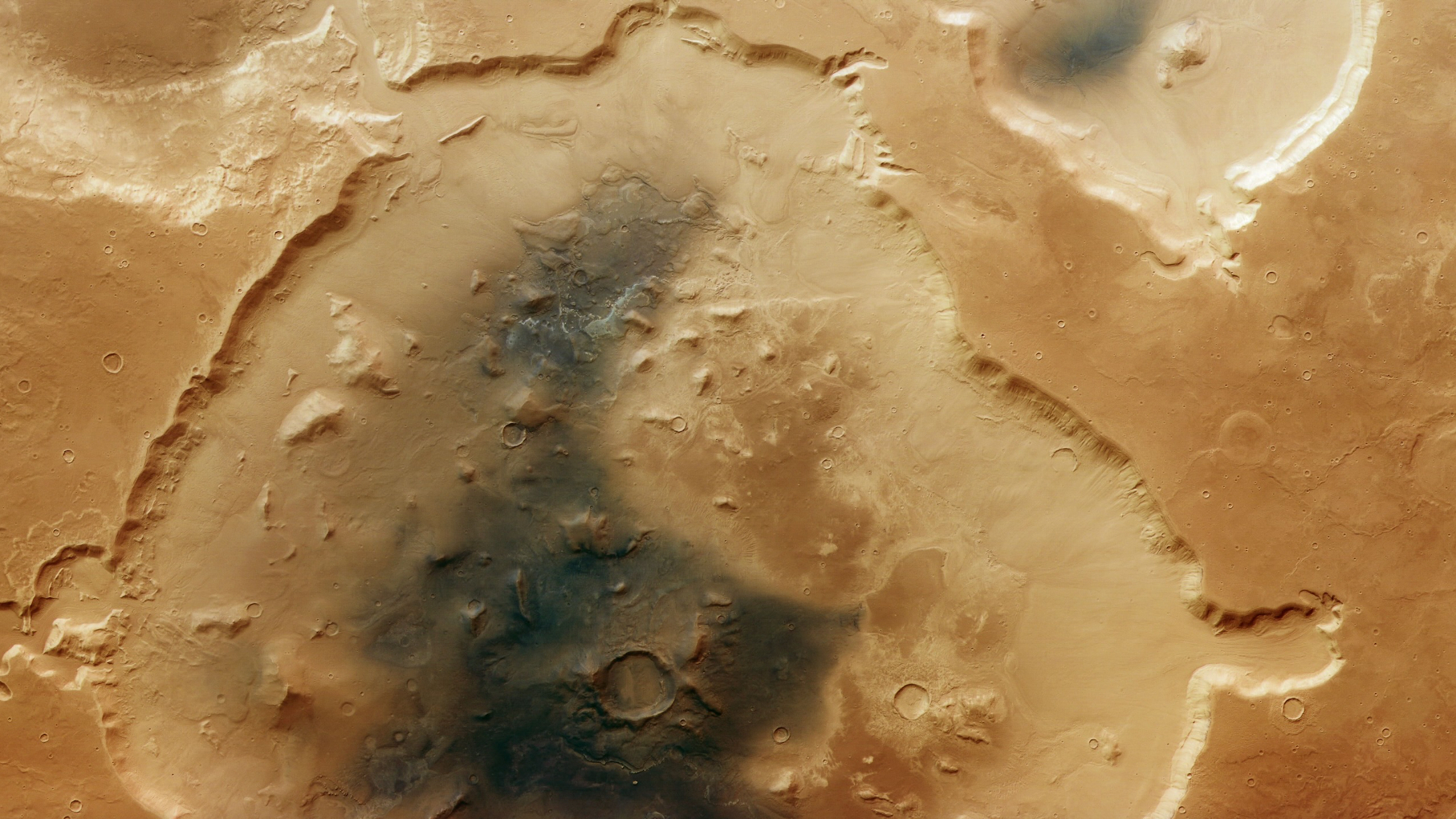It's Alive! Comet Lander Philae Phones Home After Months of Silence

A European probe that made a bouncy landing on a comet last year, and then slipped into a silent hibernation, is alive again and phoning home.
The European Space Agency's Philae comet lander, which dropped onto Comet 67P/Churyumov-Gerasimenko from the Rosetta spacecraft last November, beamed an 85-second wake-up message to Earth via Rosetta yesterday (June 13), ESA officials announced today. It was the first signal from Philae in seven months since the probe fell silent on Nov. 15 after its historic comet landing.
"Philae is doing very well," Philae project manager Stephan Ulamec of the German Aerospace Center (DLR), said in a statement. "The lander is ready for operations." [See more comet photos from Rosetta and Philae]
According to Ulamec, Philae is currently experience temperatures of minus 31 degrees Fahrenheit (minus 35 degrees Celsius) and has about 24 watts of power available. During its wake-up call to Earth, Philae beamed 300 data packets home and was most likely active before the first signal reached Earth on Saturday, ESA officials said.
"We have also received historical data – so far, however, the lander had not been able to contact us earlier," Ulamec said in the same statement.

Philae is a solar-powered probe about the size of a washing machine that landed on Comet 67P on Nov. 12, 2014. It dropped to the surface from its mothership Rosetta, but bounced twice when its anchor-like harpoon system failed to secure it to the surface. The probe ultimately ended up in the shadow of a cliff face on the comet. After about 60 hours the probe's batteries ran out and it went into hibernation on Nov. 15.
Over the last seven months, Rosetta and Philae mission scientists in Europe have hoped that once Comet 67P approached closer to the sun, Philae might receive enough sunlight to wake itself up from its forced slumber. Those hopes, it seems, have finally been realized.
Get the Space.com Newsletter
Breaking space news, the latest updates on rocket launches, skywatching events and more!

ESA officials said Philae has more details about Comet 67P to share with scientists on Earth.
"Now the scientists are waiting for the next contact," ESA officials wrote in a statement. "There are still more than 8,000 data packets in Philae’s mass memory which will give the DLR team information on what happened to the lander in the past few days on Comet 67P/Churyumov-Gerasimenko."
The Rosetta comet mission launched toward Comet 67P in 2004 and traveled 4 billion miles (6.4 billion kilometers) over 10 years to reach its destination. Rosetta arrived at the comet in August 2014 and is expected to continue studying 67P through December.
Email Tariq Malik at tmalik@space.com or follow him @tariqjmalik and Google+. Follow us @Spacedotcom, Facebook and Google+. Original article on Space.com.
Join our Space Forums to keep talking space on the latest missions, night sky and more! And if you have a news tip, correction or comment, let us know at: community@space.com.

Tariq is the Editor-in-Chief of Space.com and joined the team in 2001, first as an intern and staff writer, and later as an editor. He covers human spaceflight, exploration and space science, as well as skywatching and entertainment. He became Space.com's Managing Editor in 2009 and Editor-in-Chief in 2019. Before joining Space.com, Tariq was a staff reporter for The Los Angeles Times covering education and city beats in La Habra, Fullerton and Huntington Beach. In October 2022, Tariq received the Harry Kolcum Award for excellence in space reporting from the National Space Club Florida Committee. He is also an Eagle Scout (yes, he has the Space Exploration merit badge) and went to Space Camp four times as a kid and a fifth time as an adult. He has journalism degrees from the University of Southern California and New York University. You can find Tariq at Space.com and as the co-host to the This Week In Space podcast with space historian Rod Pyle on the TWiT network. To see his latest project, you can follow Tariq on Twitter @tariqjmalik.
